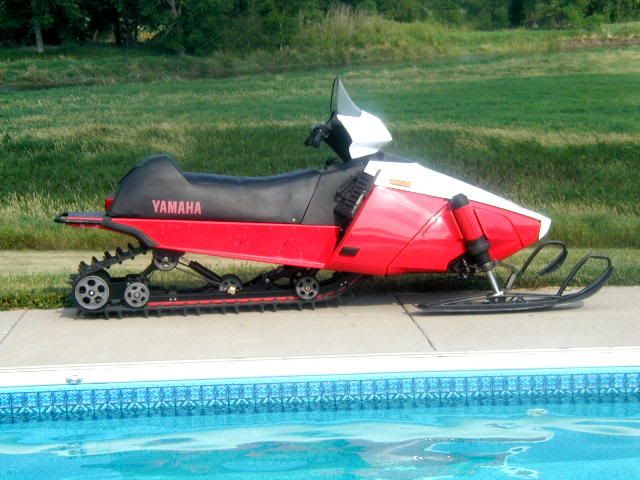Well assumptions made that you are after performance and appearance I would not consider you a "tard". The facts are that open pore unpolished raw aluminum suspension rails (just like any aluminum part) ice easier and carry more load (weight) then treated rails. We've coated and tested many and those are the facts. Which is the preferred process? Having dealt with both anodized and coated rails my extensive experience for your application says coated is better. (obviously done correctly and remembering that there are all kinds of processes and materials so you can't say simply one or the other as you must compare apples to apples) In lay terms it's a more simple and inexpensive process to do correctly to achieve a common goals result.
Here is the deal.....(long and boring but it's summer so WTF!)
Aluminum is cheap, light, and strong which makes it wonderful for sled parts. But it also oxidizes and corrodes rapidly if not "encased or sealed". The solution is some type of process coating to keep this from happening. The battle in our world is not only coating the metal to battle oxidation and eventual structural failure but also we need to provide a super smooth finish to battle ice build up and bonding. The better "barrier" is the one that is the most durable, hardest, properly adherent to the base metal, and lays on with the smoothest surface. (then I guess you also factor in time and cost)
If it isn't microscopically smooth ice freezes or adheres to the base metal very easily. Once it starts to freeze and adhere crystallization is rapid and almost instanious. {IE} You get deadly snow buildup and sled gains massive weight and sucks down your performance. The stronger the bond between the part and the ice the more load it carries before friction and vibration break that bond. Some sleds with all kinds of killer expensive lightweight parts carry or pack on incredible snow loads with actual field use. Light in the shop doesn't necessarily mean light in the real world! Both is best!
If you chose to anodize then do yourself a favor and spend the time and energy to finish your rails to a high polish. The only time anodized can even remotely compete with properly coated electrostatic treatments of aluminum for battling snow and ice buildup is when you prep them to a high polish prior to anodizing and then the type and barrier thickness becomes a decisive performance factor.
The next question is surface durability which directly relates to how long your parts will appear new and the surface remain smooth for performance. Aluminum alloy is light and strong but soft and has a very low hardness rating. Meaning the surface finish is easily damaged. Smooth battles snow and ice build up so keeping your parts surface perfectly smooth results in enhanced field performance. Sled parts take an incredible beating so the process is paramount. Product, prep, and application is critical and there are wide variance in performance and durability.
So once again in conclusion the process that you chose is much more important then which application you decide to go with. The benefits of both when done correctly are absolute and unarguable. Which is "better" depends on your resources and all of those other variables previously discussed





